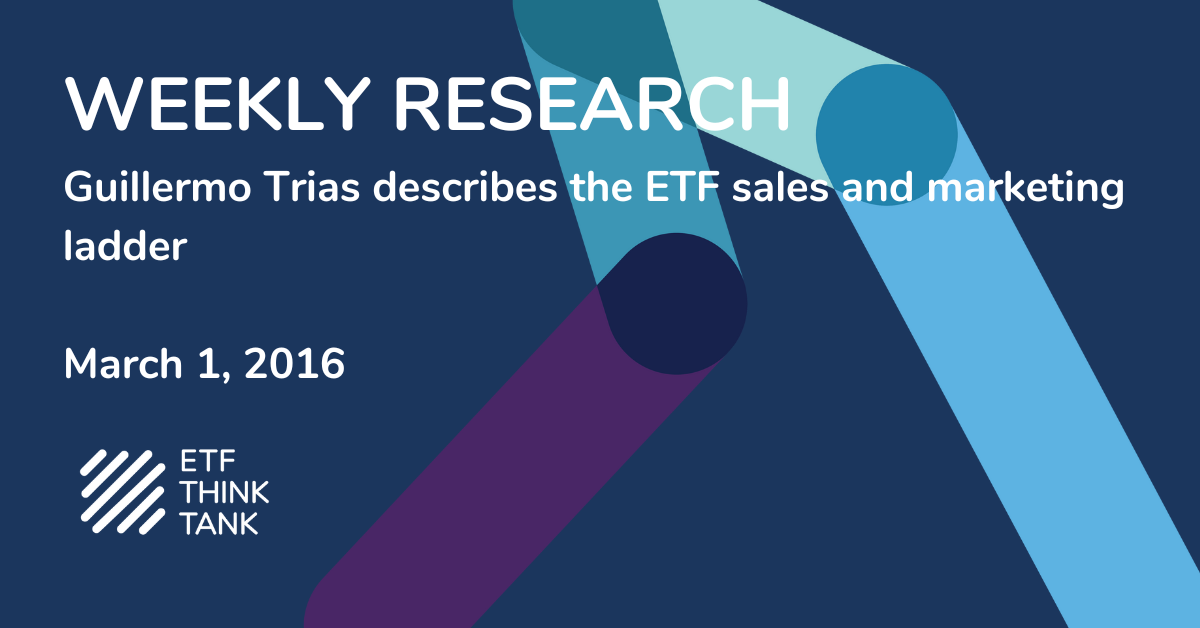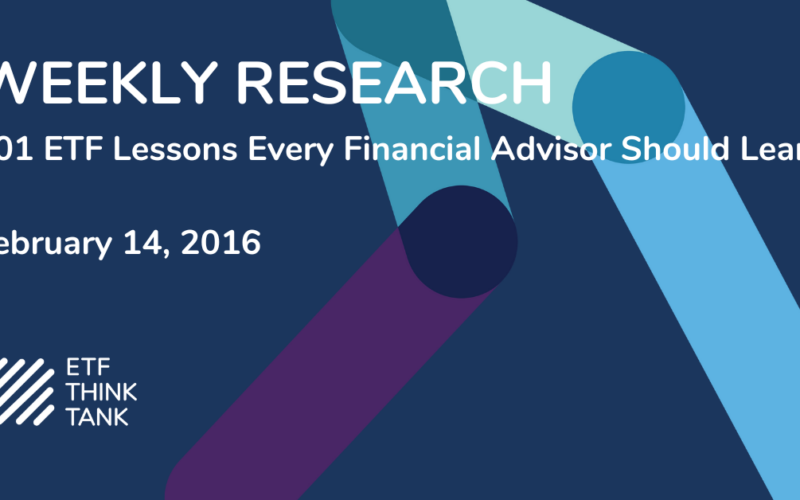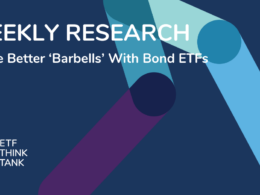The journey from developing a compelling investment thesis to launching an ETF can be an arduous one indeed. While the rewards for a truly unique ETF can be substantial, the upfront work and attention to detail that are required to make an ETF concept a reality often appear daunting to new issuers that are just dipping their toes into the ETF industry for the very first time.
With this in mind, we teamed up with ETF Trends and a variety of experienced service providers from around the ETF space to produce an overview of the most important recipes for success for new ETF issuers. The result is “Big Tips for New Issuers,” a free print magazine (available online in pdf), aggregating insights from experts in indexing, research, marketing and PR, trading, legal, listings, sales, and advertising.
What follows are a few brief excerpts from a selection of submissions, highlighting some key points from the publication. To download the full magazine, be sure to visit http://bigtips.co
1.) ETF Sales and Distribution is an awful lot like a ladder: you’ve got to climb it one “rung” at a time
“Getting past the gatekeepers and developing initial interest in new ETFs is where sales creativity matters the most,” writes Guillermo Trias of Toroso Investments in his submission, A Better Approach to ETF Sales and Distribution. “There are three main audiences for ETFs,” he continues, “which should be targeted in this order: retail, allocators, and institutional clients.” It is only once sufficient assets and liquidity have been garnered at the first “retail” rung that an ETF Issuer’s sales efforts should be re-oriented towards allocators, and then institutions.
2.) Timing is everything
“You need to launch the right product at the right time in the right market conditions,” writes Mohit Bajaj, Head of ETF Trading Solutions at WallachBeth Capital, in his submission Growing Healthy ETF Liquidity From Day One. “It will be nearly impossible to successfully gather interest in a new high yield bond ETF when Carl Icahn is on CNBC telling the world that the junk bond market is going to collapse.” Bajaj goes on to provide a survey of other important tactics new issuers can utilize to ensure their ETF’s liquidity is at a nominal level after they launch.
3.) In online advertising, context is king
Designing an ad is only half the battle, according to Erin Evans of Orbis Marketing. “All advertising campaigns have a target audience in mind,” writes Evans in her submission, Online Advertising: Reaching the Right Investors for Your New Fund.“Ideally your advertisement will not just reach the right audience but will reach them at the optimal moment when they are researching ETFs, ideally your category or particular fund.” It is also possible to optimize ads to hone in on the most effective messaging for particular slices of your target audience.
4.) ETF-Centric Advisors are a whole new breed of FA
How can new ETF issuers connect their products with ETF-centric Advisors? This is the question that Tom Lydon of ETF Trends asks in his submission, Connecting with ETF-Centric Advisors. “In addition to be disenthralled with active management, [ETF-Centric] advisors look to the cost benefits, transparency, and tax-efficiency of ETFs.” Perhaps most notably, Lydon notes that ETF-centric advisors prefer what he deems “virtual relationships” rather than in person seminars or phone calls from representatives. By far the most popular method of communication for ETF-centric advisors appears to be webcasts or virtual conferences.
5.) Millennial investors will spur further ESG innovation in ETFs
The millennial generation is unlike any generation that has come before when it comes to investing in ETFs, according to Gregg Sgambati of S-Network Indexes. “Unlike their parents,” Sgambati writes, “the motivations of these new investors is often a great deal beyond the conventional scope of profits—they don’t just want to make money on their investments, they want to put their money to work and ‘do good.’” As millennials stand to inherit trillions of dollars in the coming years, this can present both a challenge and an opportunity for new issuers as they begin to more seriously consider the details of potential funds they wish to launch.












